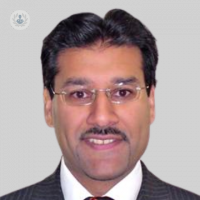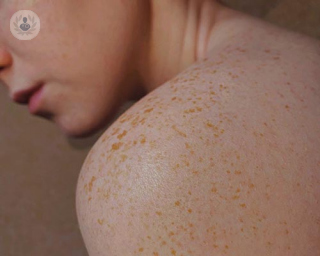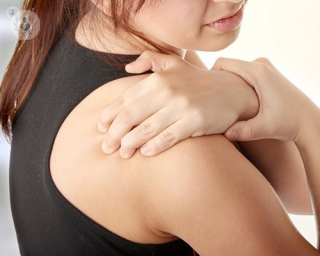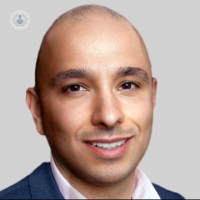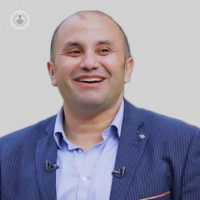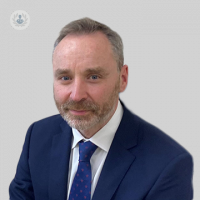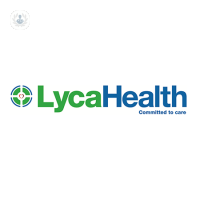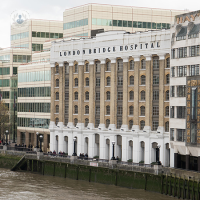Shoulder
What is the shoulder?
The shoulder is the part that serves as the link between the arm and the body. It is formed by the union of the ends of three bones: the clavicle, the scapula (shoulder blade) and the humerus, as well as muscles, ligaments and tendons.
The main shoulder joint connects the head of the humerus and the scapula, or shoulder blade, and is called the scapulohumeral joint. It has two joint surfaces (one corresponding to the head of the humerus and the other to the glenoid cavity of the shoulder blade). The head of the arm bone fits into a rounded cavity in the shoulder blade. Both surfaces are covered with cartilage to allow smooth, painless movement.
In addition, a set of muscles and tendons attach to the surfaces of the bones, allowing joint mobility. These include the rotator cuff, formed by four muscles that give mobility and stability to the shoulder.
The shoulder joint has a greater range of motion than all other joints in the body.
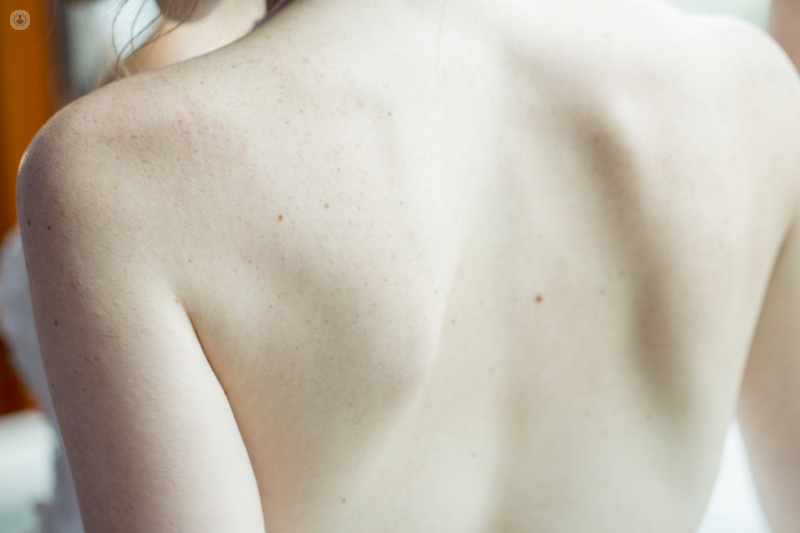
Shoulder function
The shoulder enables a wide range of movements in the arm, allowing us to write, use cutlery, scratch our back, swim, and play certain sports that require the use of our arms (including basketball, handball, and tennis).
Shoulder pathologies
Shoulder pathologies generally fall into 4 categories:
- Inflammation of the tendon (bursitis or tendonitis), or tearing of the tendon
- Joint dislocation
- Osteoarthritis
- Bone fracture
Less frequent are tumours, infection, and nerve-related problems.
The main shoulder pathologies are:
- Bursitis: there are a number of small fluid-filled sacs located in the shoulder and in joints throughout the body. Overuse of the shoulder can sometimes lead to inflammation or swelling of the sac between the rotator cuff and the shoulder blade.
- Tendonitis: the tendon is a kind of cord that connects muscle and bone. Most tendonitis is due to tendon wear. It can be acute, or chronic when caused by a degenerative disease. The most commonly affected tendons are the four rotator cuff tendons and one of the bicep tendons.
- Tendon tears: these may result from acute injuries or degenerative changes due to ageing or prolonged overuse. They may be partial or complete. Rotator cuff and biceps tendon tears are the most common.
- Compression: this occurs when the upper part of the shoulder blade presses on the underlying soft tissues when lifting the arm away from the body. As the arm is lifted, the part of the shoulder blade compresses the rotator cuff tendons and sac. This causes pain and may lead to tendonitis or bursitis. If left untreated, compression could lead to a torn rotator cuff.
- Dislocation: this occurs when the head of the arm bone is forced out of the shoulder socket. It can be caused by sudden injury or overuse. A shoulder dislocation can be partial or complete.
Which specialist treats shoulder pathologies?
Shoulder pathologies are usually treated by an orthopaedic surgeon, and depending on the injury, a physiotherapist. If the cause of your shoulder problem was osteoarthritis, it is also likely that you will be treated by a rheumatologist.
